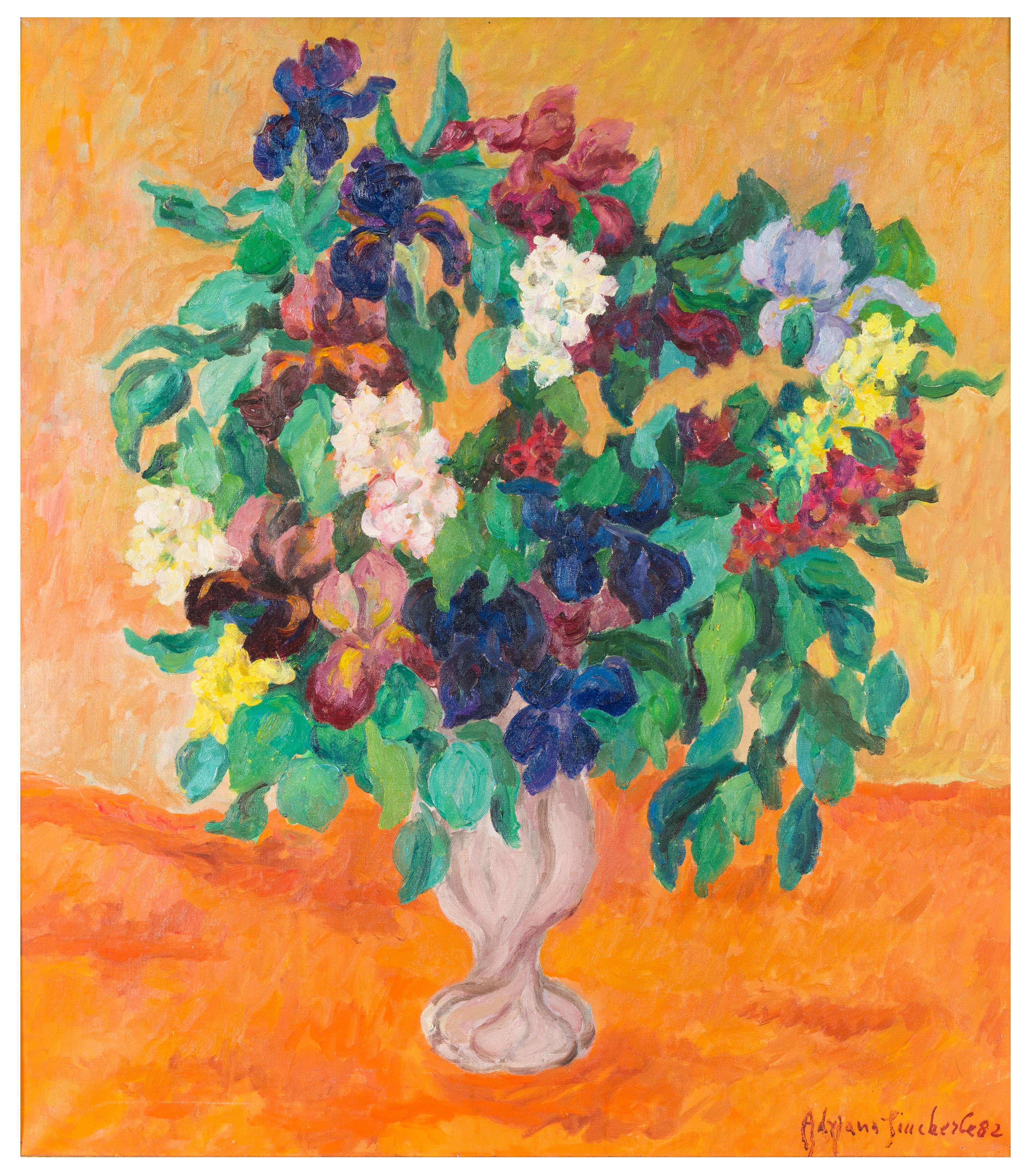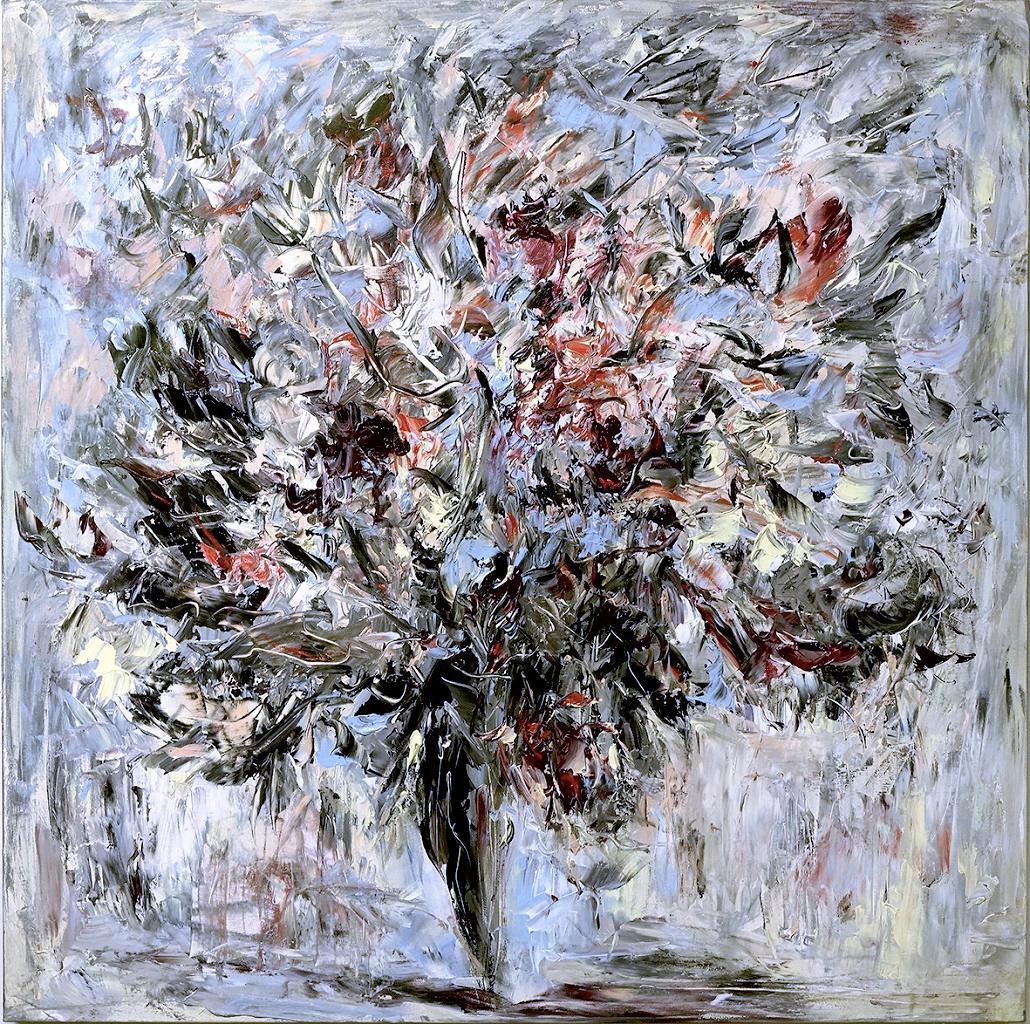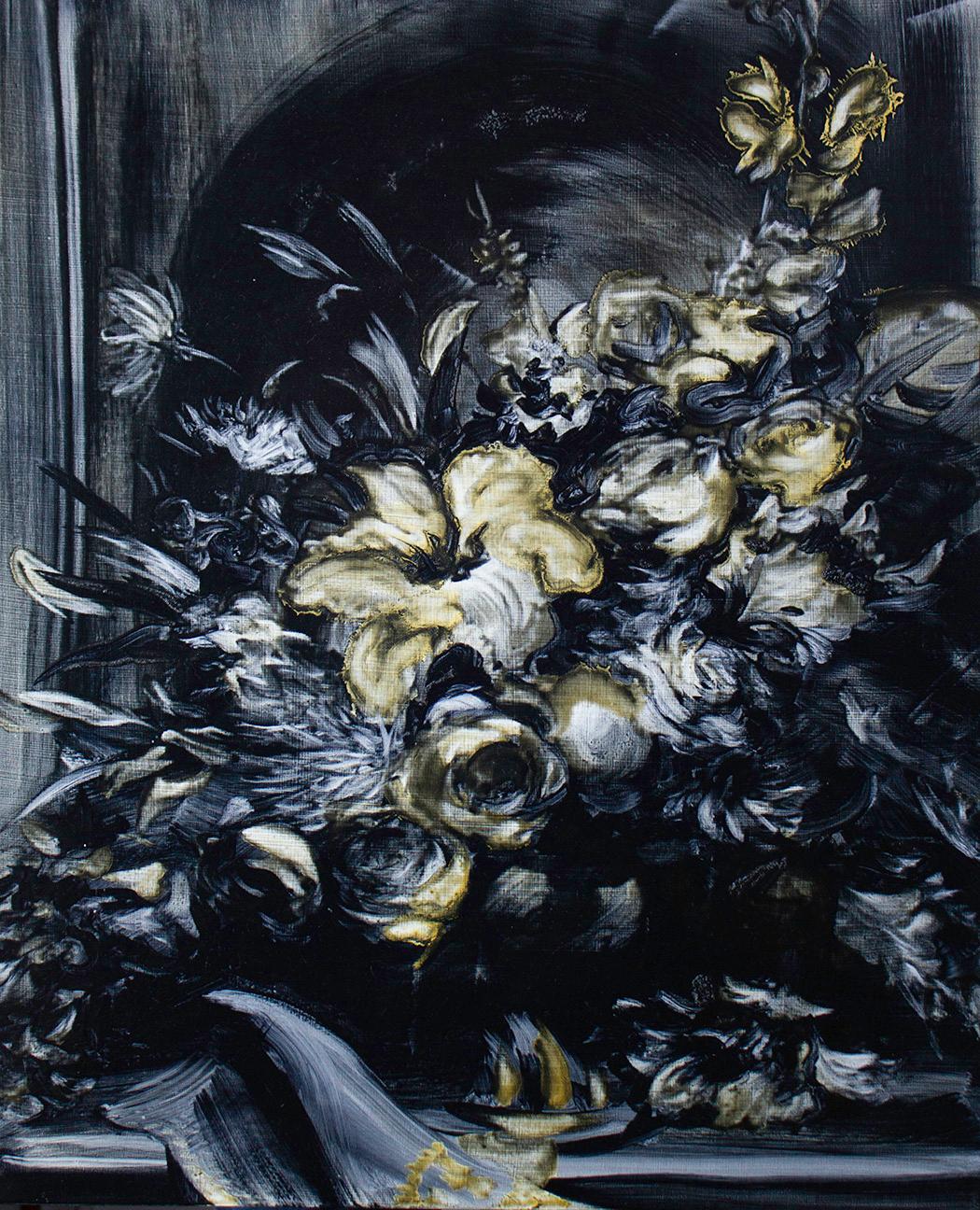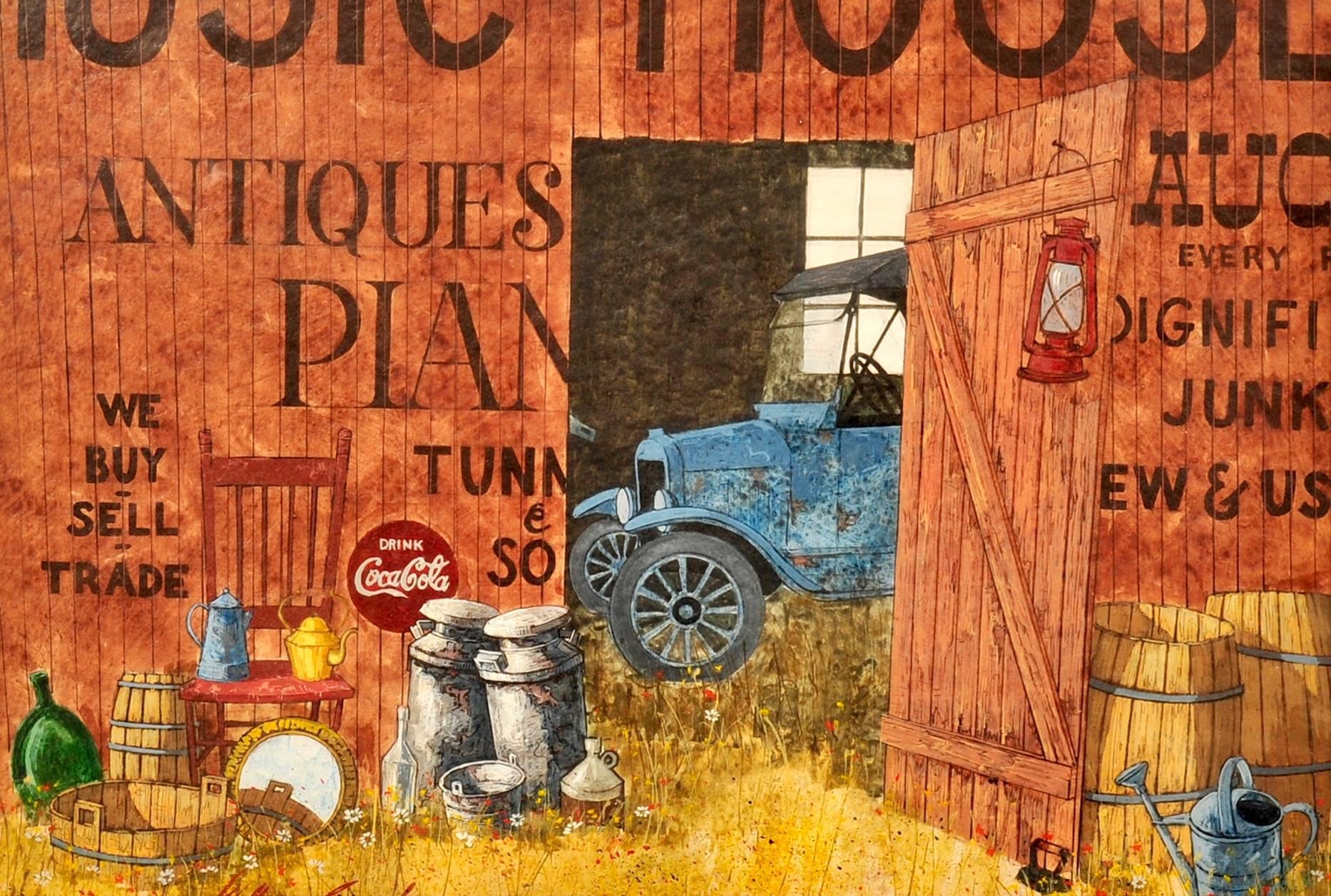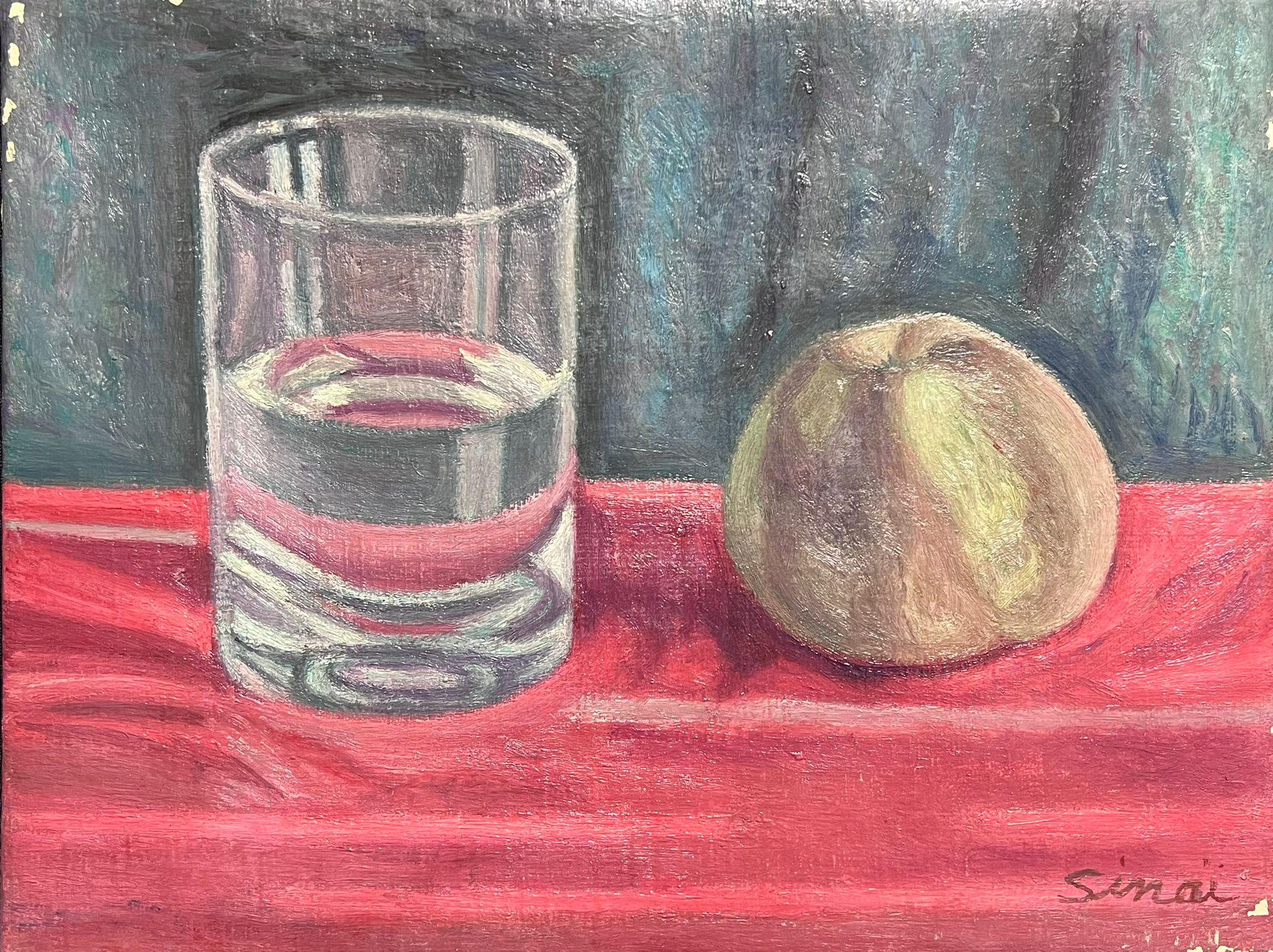Items Similar to Still Life of a Copper Pan and Pewter Jug
Want more images or videos?
Request additional images or videos from the seller
1 of 5
Still Life of a Copper Pan and Pewter Jug
About the Item
Francois Bonvin (1817-1887) French
Still Life of a Copper Pan and Pewter Jug
Oil on Canvas
Indistinctly Signed
9.5” x 16” (24 x 40.7cm)
Bonvin was born in humble circumstances in Paris, the son of a police officer and a seamstress. When he was four years old his mother died of tuberculosis and young François was left in the care of an old woman who underfed him. Soon his father married another seamstress and brought the child back into the household. Nine additional children were born (one of whom was Léon Bonvin). The family's resources were severely strained, and to make matters worse his stepmother took to abusing and undernourishing François.
The young Bonvin started drawing at an early age. His potential was recognized by a friend of the family, who paid for him to attend a school for drawing instruction at age eleven. Bonvin attended the Ecole de Dessin in Paris from 1828 until 1830, when his father apprenticed him to a printer. Bonvin later studied at the Académie Suisse, but was mostly self-taught as an artist. He considered François Granet, to whom he showed some of his drawings in 1843, his only mentor. Bonvin spent his free time at the Louvre where he especially appreciated the Dutch old masters and was welcomed by the collector Louis La Caze.
Bonvin married a laundress at the age of twenty, at about the same time that he secured a job at the headquarters of the Paris police, where he worked until 1850. It was during this period that he contracted an illness which would trouble him for the rest of his life.
Bonvin exhibited three paintings in the Salon of 1849, where he was awarded a third-class medal. He exhibited in the Salon of 1850 with Courbet, and won recognition as a leading realist, painting truthfully the lives of the poor which he knew at first hand. His paintings were well received by critics and by the public. Although his work had elements in common with Courbet's, his modestly scaled paintings were not seen as revolutionary. He was awarded the Légion d'honneur in 1870.
His subjects were still life and the everyday activities of common people, painted in a style that is reminiscent of Pieter de Hooch and Jean-Baptiste-Siméon Chardin. It is the latter who is especially recalled by Bonvin's delicate luminosity.
In 1881 he underwent an operation which did not restore him to health, and he became blind. A retrospective exhibition of his work was held in 1886. He died at Saint-Germain-en-Laye in 1887.
In 1978 Editions Geoffroy-Dechaume published Les Maitres du XIX Siecle: Bonvin, Professor Gabriel Weisberg's critical analysis on the life and work of the artist.
- Attributed to:François Bonvin (1817 - 1887, French)
- Dimensions:Height: 9.5 in (24.13 cm)Width: 16 in (40.64 cm)
- Medium:
- Period:
- Condition:
- Gallery Location:Stoke, GB
- Reference Number:1stDibs: LU44637403592
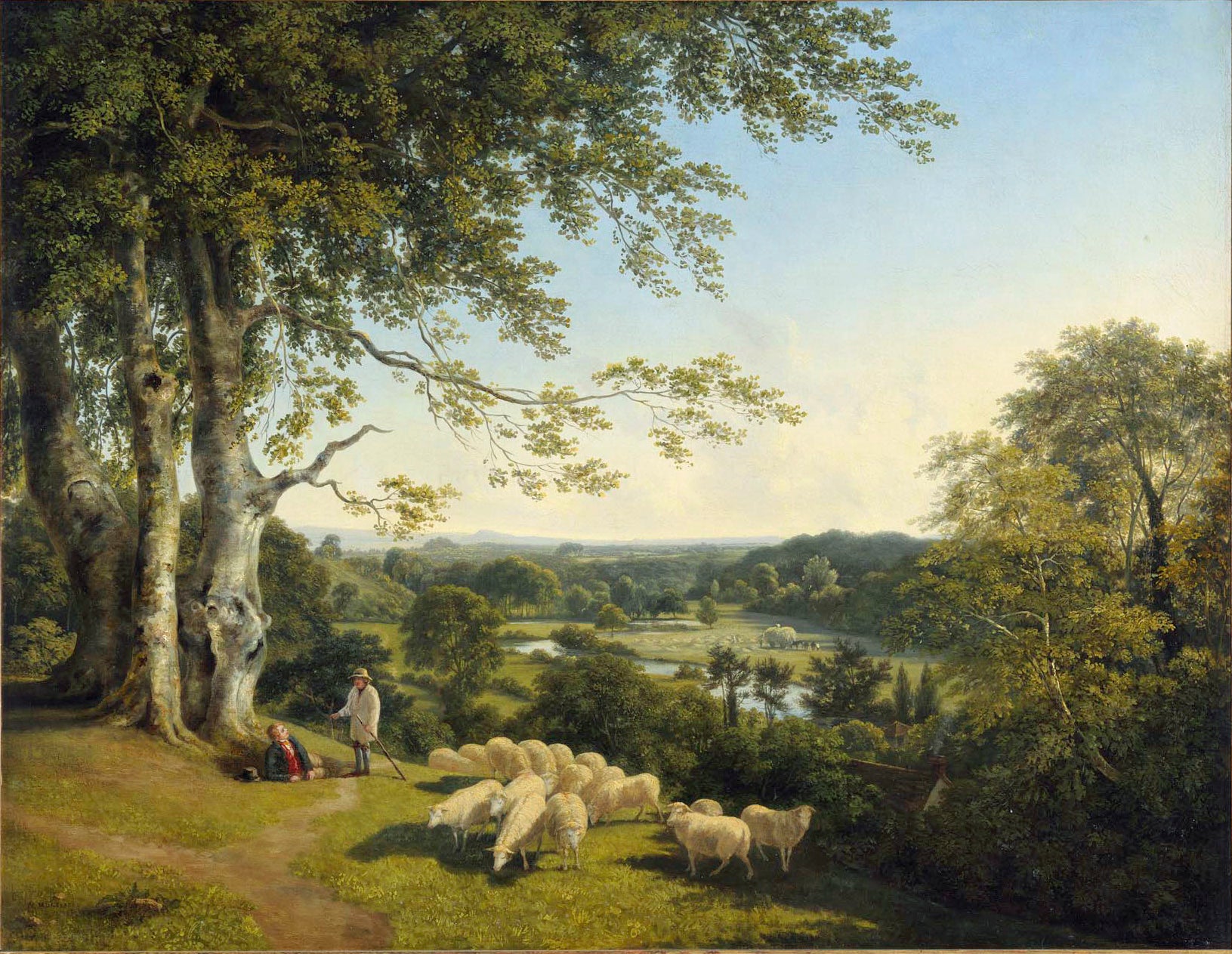
About the Seller
5.0
Recognized Seller
These prestigious sellers are industry leaders and represent the highest echelon for item quality and design.
Platinum Seller
These expertly vetted sellers are 1stDibs' most experienced sellers and are rated highest by our customers.
Established in 2009
1stDibs seller since 2016
146 sales on 1stDibs
Typical response time: 3 hours
Associations
LAPADA - The Association of Arts & Antiques DealersInternational Confederation of Art and Antique Dealers' AssociationsThe British Antique Dealers' Association
- ShippingRetrieving quote...Ships From: Stoke, United Kingdom
- Return PolicyA return for this item may be initiated within 14 days of delivery.
More From This SellerView All
- Still life of fruit and nutsLocated in Stoke, HampshireJames Shaw (fl.1769-1784) Still life of fruit and nuts Oil on canvas Canvas Size - 13 1/2 x 17 3/4 in Framed Size - 16 1/4 x 20 1/2 in Born in Sedgley in Staffordshire, it is unclea...Category
18th Century Old Masters Still-life Paintings
MaterialsOil
- A still life of flowers in an urn with a parrot, melon, pomegranates and figs...By Aniello Ascione (Naples, news from 1680 to 1708)Located in Stoke, HampshireAniello Ascione (Naples, fl. 1680-1708) A still life of flowers in an urn with a parrot, melon, pomegranates and figs at its base, a view to an ornamental garden beyond Oil on canvas 59 3/4 x 39 3/4 in Provenance The Alexander Family Collection, Milford House, Co. Carlow, Ireland The latter half of the 17th century and earlier 18th century marked the golden age of Neapolitan still-life painting and Aniello Ascione was one of its most highly regarded exponents. His sumptuous paintings, brimming with fecund produce of the Mediterranean and painted in rich colours, were eagerly sought after by those who wished to decorate their palaces in that city. Naples in the seventeenth century had established a significant reputation and artistic tradition of producing flamboyant and technically excellent still-lifes which had largely been initiated by Caravaggio who, having stated that it required as much effort to paint a good flower piece as a figure subject, helped to revolutionise and eventually abolish the closed attitude to genres of painting. Caravaggio maintained that art was the mirror of nature and his superb Basket of Fruit, now in the Ambrosiana in Milan and painted in 1597, marked the birth of European still-life painting. Throughout the 17th century, Neapolitan still-life painting was founded on the principles demonstrated by Caravaggio and these artists seem to have been the only ones to correctly understand and utilise his ideas. These paintings were noted for their vibrant portrayals of flowers, often in great abundance, fruit and birds done in an elegant and decorative manner. Luca Forte (c.1615- c.1670) was one of the first Neapolitan artists to adopt the Caravaggesque naturalism in this genre of painting and with exceptional creativity sweeping through the city in the 1630s, he was soon followed by Paolo Porpora and Guiseppe and Giovanni Battista Recco and the Ruoppolo family. When Abraham Brueghel arrived in Naples in about 1670, his influence accelerated the transition of the portrayal of still-life to a more baroque style often epitomised by a mass of flowers, cascading over classical objects like water. This more baroque style was taken up by a new generation of painters and one of the first and most prominent of these was Andrea Belvedere (1652-c.1732). He taught Nicola Casissa and other artists working in a similar vein included Gasparo Lopez (called Gasparo di Fiori) d. circa 1732, Paolo Porpora (1617-1663) and Nicola Malinconico (1663-1721). The aforementioned Ruoppolo family were also eminent and Giovan Battista Ruoppolo (1619-1693) instructed the young Aniello Ascione. His pupil became one of the most celebrated representatives of Neapolitan Baroque which combined the traditional naturalism favoured by the city with the new 18th century decorative style. This style proved highly popular with the more secular Neapolitan middle classes as well as the aristocracy and royalty to furnish their grand homes. They loved the harmonious colouring and composition suffused with exuberance Ascione became the most prominent still-life painter in Naples at the transition from the seventeenth and eighteenth centuries. His paintings, which are often of a significant size, utilise intense decorative colours with an abundance of flowers and piles of fruit such as pomegranates, grapes, peaches, pears, melons and plums. Sometimes these spill down stone steps or are draped or stacked with flowers among classical statuary and there is often a view to a landscape or ornamental garden beyond to give the composition depth. Accompanying the fruit and flowers, Ascione occasionally added parrots, dogs or rabbits and he often signed with a monogram comprised of interlocking As although there are some works signed in entirety. His smaller pieces tended to be more intimate in construction with one looking at just different fruits with some of its foliage so that the different hues and skin textures could interact and to some extent, these reflect the legacy of Abraham Brueghel. One very rare piece, now in the Castellino collection in Naples, is a kitchen interior with a skinned lamb which owes its influence to Guiseppe Recco. There is a fine set of the Four Seasons, which also incorporates putti into the compositions and which are believed to have been contributed by Nicola Vaccaro (1659-1720) the son of Andrea Vaccaro...Category
17th Century Old Masters Still-life Paintings
MaterialsOil
- Still life of fruit on a woodland bankLocated in Stoke, HampshireG Gray (Early 19th Century) Still Life of Fruit Oil on panel Signed Painting Size 17.5" x 20" (44.4 x 50.8cm) Framed Size 23 x 26 inCategory
Early 19th Century Victorian Still-life Paintings
MaterialsOil
- A German Pointer with hunting EquipmentLocated in Stoke, HampshireGerman School (18th century) A German Pointer with hunting Equipment Oil on canvas Canvas Size 42 x 35 in Framed Size 48 x 41 inCategory
18th Century Old Masters Animal Paintings
MaterialsOil
- On the scentBy John Theodore Eardley KenneyLocated in Stoke, HampshireJohn Theodore Eardley Kenney (1911-1972) On the scent signed 'John Kenney' lower right Oil on canvas Canvas - 20 x 30 in Framed - 25 x 35 in Introducing John Kenney: Celebrated Spor...Category
20th Century Animal Paintings
MaterialsOil
- A dark bay racehorse held by his trainer at Newmarket HeathLocated in Stoke, HampshireBenjamin Killingbeck (act. 1769-1783) A dark bay racehorse held by his trainer on a racecourse Oil on canvas Canvas Size - 40 x 50 in Framed Size ...Category
18th Century Old Masters Animal Paintings
MaterialsOil
You May Also Like
- Still Life with Flowers in a Pink Vase - Oil Painting by A. PincherleBy Adriana PincherleLocated in Roma, ITFiori in vaso rosa is a wonderful colored oil on canvas realized in 1982 by Adriana Pincherle, sister of the famous italian novelist Alberto Moravia. Hand-signed and dated by the ar...Category
1980s Still-life Paintings
MaterialsOil
- Natural Explosion - Original Oil on Canvas by Claudio Palmieri - 1986By Claudio PalmieriLocated in Roma, ITNatural Explosion is an original artwork realized by Claudio Palmieri in 1986. Original oil on canvas. Very good conditions. Sign, title and date on the back. Original title: Esplo...Category
1980s Contemporary Still-life Paintings
MaterialsOil
- Pair fo Still Lives - Oil on Canvas by N. Stanchi - Late 17th CenturyBy Niccolò StanchiLocated in Roma, ITBeautiful pair of still lives ascribed to N. Stanchi, realized in the second half of 17th century. Both in very good conditions, they include a contemporary wooden gilded frame. Dime...Category
Late 17th Century Baroque Still-life Paintings
MaterialsOil
- Floral ILocated in New Orleans, LAMichael Tole is a figurative painter currently living in Tempe, AZ with his wife and daughters. A Texas native, most of his 20 year long career was spent in Dallas. After relocating to Tempe, his work experienced a significant shift from photo-based paintings of retail interiors to fantastical figurative inventions based on pop culture imagery he has encountered via his two daughters’ taste in music videos, and his proximity to Southern California and it’s particular brand of Disney-esque hedonism. Mr. Tole’s career includes shows in New York, Los Angeles, San Francisco, Dallas, and Miami. His work has been reviewed in Art Forum International...Category
21st Century and Contemporary Contemporary Still-life Paintings
MaterialsOil, Wood Panel
- Antique StoreBy William CoombsLocated in Fort Washington, PAMedium: Oil Paint Contact for exact dimensions.Category
Late 20th Century Still-life Paintings
MaterialsOil
- Post-Impressionist Signed Oil Still Life Apple & Water Glass 20th CenturyLocated in Cirencester, Gloucestershiresigned Sinai French Post-Impressionist School, late 20th century signed oil painting on canvas, unframed canvas: 11 x 14 inches provenance: private collection condition: very good an...Category
20th Century Post-Impressionist Interior Paintings
MaterialsOil
Recently Viewed
View AllMore Ways To Browse
Life Time Edition
Antique Pans
Copper Still
Copper Still Used
French Pan
Hand Pan
Antique French Pewter
Antique Copper Paint
Antique Copper Painting
Antique Brown Jugs
Antique Brown Jug
Brown Antique Jug
19th Century French Oil Still Life Painting
Police Signs
Mother A D Child
Antique Copper Still
Antique Copper Stills
Copper Still Antique
